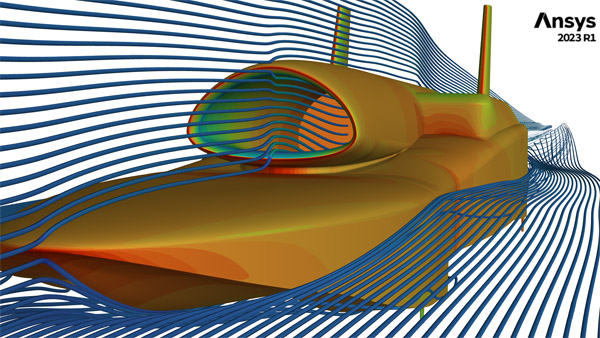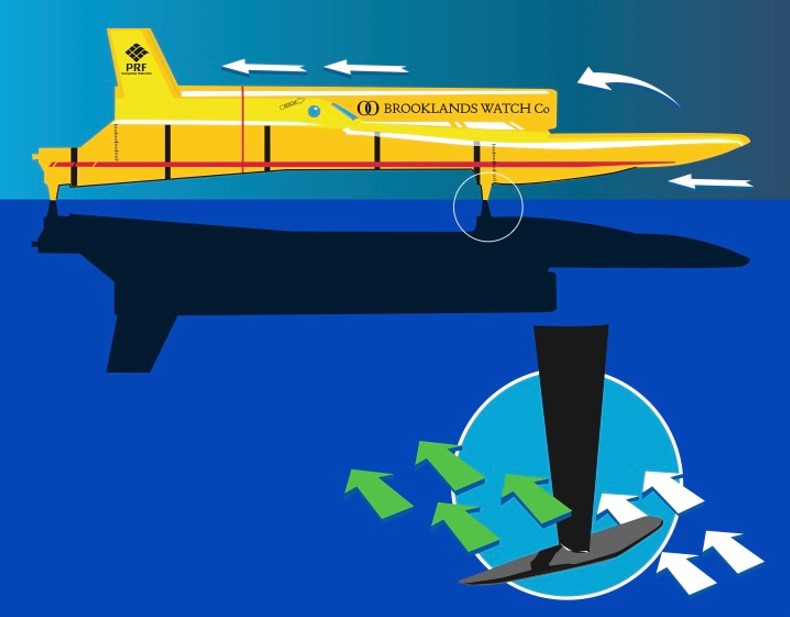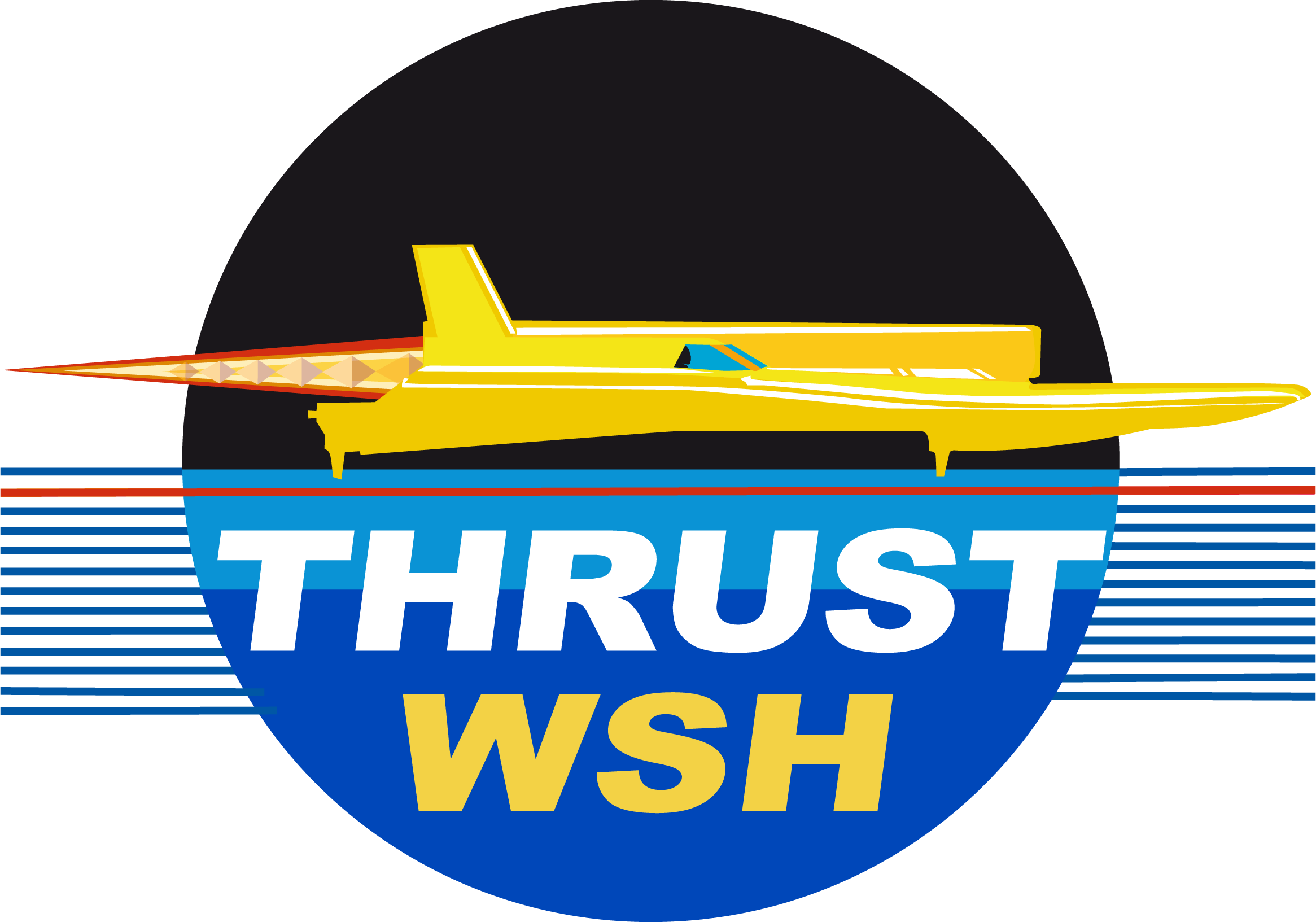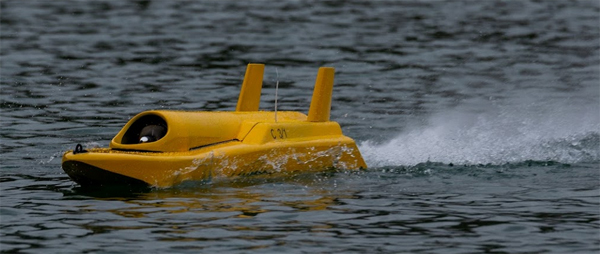Back in 2020 inspired by the exploits of John Cobb and designer Reid Railton, we acknowledged that although we knew a fair bit about setting land speed records (we’ve set four of them) we knew very little about the water speed record. Using Railton’s follow up design to Crusader (which we named Crusader2 or C2 for short) our initial intent was to find out what that might have done. Very well indeed was our conclusion thanks to the involvement of eminent naval architect Lorne Campbell and a number of others. We went as far building a large scale remote control model (see Test Boats/C2) to prove that it could plane, was controllable and fast.

Hydroplanes that lift out of the water to ride on 2 or 3 planing points have featured since Bluebird K7. But this causes another problem because air between the water surface and the bottom of the hull compresses before it is ejected at the rear. Managing hydrodynamic drag (the bits in the water), aerodynamic drag (the bits above the water) and this complex area between the two is hugely complicated if your goal is a craft that is controllable as well as fast.
Using what we’d learnt from that exercise we pushed on with a design of our own. WSR craft have been through a number of evolutions from the original displacement designs, through to stepped hull, prop-rider and eventually jet powered hydroplanes. The thinking behind this design evolution was to drastically reduce hydrodynamic drag by using lift to raise the hull out of the water.
Our initial design was also a hydroplane with two widely spaced rear sponsons with planing points attached. The two front sponsons were much closer together on a narrow front end to reduce lift while being more stable than a single front sponson as proposed all those years ago by Railton. The design evolved through a number of iterations combining aerodynamic CFD research from University of Leeds and Imperial College plus hydrodynamic CFD research from QinetiQ. Our overall design target was a stable and controllable craft capable of 450mph since we assumed that the existing long held record would be pushed higher still by other challengers.

When all of that phase one research was complete, it proved what we’d suspected all along – that this is the most difficult of all outright speed records and that control of pitch (nose up, nose down) was critical. Too much down force and the drag would be excessive, too little down force and the boat would take off with no chance of recovery of control. The research showed that while the craft had good directional stability, the lift envelope was critical. At 450mph, less than 1 degree of pitch up and the boat would fly. This meant that our goal of a craft that is stable, controllable and fast couldn’t be achieved. So – what to do?
One option was to reduce our target speed – discounted because other challengers are active. Another was some sort of automatically movable aerodynamic devices – not allowed by the UIM. Another option considered based on the design of our ThrustSSC supersonic land speed record holder were movable sponsons that “jacked up” the rear of the craft according to speed to keep things within the critical lift envelope. This was theoretically possible but very complex to design for a WSR craft.

The answer came via an introduction to another hugely experienced naval architect Butch Dalrymple-Smith. An expert in foil design, he believed it possible to use super-cavitating micro foils instead of planing points. After 2 years intense research we also think this is the highly innovative and step-change solution.
Most people will be familiar with Americas Cup foil boats while those with knowledge of WSR history will know that this has been tried before – once successfully, once an embarrassing failure. The issue is cavitation – essentially something hitting the water hard enough to vapourise it resulting in loss of lift. This barrier or threshold can be compared in some ways to the Mach 1 “sound barrier” we faced on land. Is it really a barrier or can it be crossed if you carry out extensive research to find out what’s really happening? Thanks to our partners QinetiQ we’ve carried out extensive CFD simulations using a variety of foil shapes.
We now think it is possible. But as the old saying goes “there’s theory, there’s plans to put theory into practice and then there’s reality. So we won’t know if it really might be possible until we’ve completed the next stages of testing. This means taking all our CFD research data and then validating it by collecting real life data from a series of test boats running at speeds up to 225mph. That in itself is a major challenge but a critical step. Only when we’ve done that and carried out a full analysis of the results can be confident enough to say that we have a design that should be work.
Follow our Research and Test Boats links to find out more about our work and why we think Wings under Water will give us the stability and control we need to achieve our 450mph design goal.


